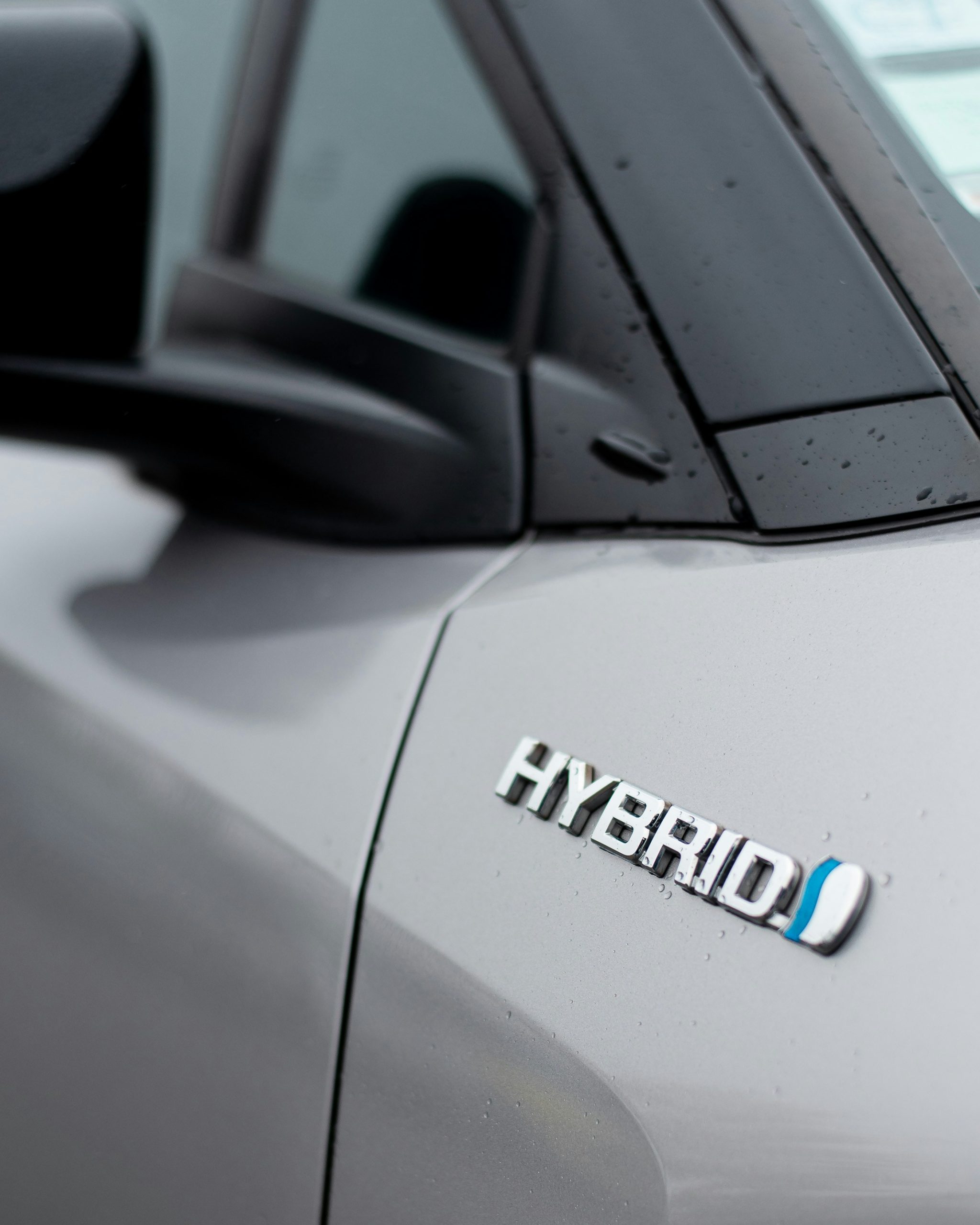The Complete Guide to Your Car's HVAC System
How Heating, Ventilation, and Air Conditioning Keep You Comfortable on the Road
Ever wondered how a car’s air conditioning system works? Most people just think it’s about cooling the air. But that’s just one part of the picture. It’s best to think of the system by its technical acronym HVAC, or heating, ventilation and air conditioning:
- The heating system, which warms the air.
- The ventilation system, which controls air temperature and distributes the air around the cabin both from inside and outside the car.
- The refrigeration system, which cools the air.
For clarity, we’ll consider the heating and air conditioning systems first.

The Heating System
The heating system is responsible for providing warm air to the vehicle’s interior when required. Here’s how it typically works:
- Heat Source: The primary heat source in most automotive HVAC systems is the engine’s cooling system. The engine produces heat as it runs, and some of this heat is captured and used to warm the vehicle’s interior. Electric cars will either use an electric heating element or more recently, reverse the A/C cycle to produce heat.
- Coolant Circulation: A fluid called coolant (usually a mixture of water and antifreeze) circulates through the engine to prevent it from overheating. This coolant also flows through a component known as the heater core. The heater core is like a small radiator and is typically located inside the dashboard of the vehicle.
- Heat Transfer: As air passes through the heated heater core, it absorbs heat from the coolant. This warmed air is then pushed into the vehicle’s interior through the vents by the blower fan.
The Refrigeration System
The refrigeration system, which involves the circulation of a refrigerant gas to remove heat from the interior of the car and release it outside. Here’s a simplified explanation of how it works:
- Compression: The process begins with the compressor, which is driven by the car’s engine, or by a dedicated electric motor in a hybrid or electric car. The compressor’s main role is to compress the low-pressure, low-temperature gaseous refrigerant from the evaporator (inside the car) into a high-pressure, high-temperature gas.
- Condensation: The hot, high-pressure refrigerant gas then flows into the condenser, which is located in front of the vehicle’s radiator. As the hot gas passes through the condenser coils, it releases heat to the outside air and undergoes a phase change, turning into a high-pressure liquid.
- Expansion: The high-pressure liquid refrigerant then enters the expansion valve or the orifice tube. This component serves as a metering device, allowing the high-pressure liquid to suddenly expand into a low-pressure, low-temperature mixture of liquid and vapor as it enters the evaporator.
- Evaporation: The cold, low-pressure refrigerant mixture now enters the evaporator, which is usually located inside the dashboard of the car. Air from the interior of the car is blown over the evaporator coils by the blower motor, and the heat from the air is absorbed by the refrigerant as it evaporates into a low-pressure gas.
- Heat Exchange: As the heat from the interior air is absorbed by the refrigerant in the evaporator, the interior air becomes cooler. The cool air is then blown back into the car’s interior by the car’s ventilation system, providing a comfortable temperature for the occupants.
The Ventilation System
The ventilation system controls the cabin temperature by regulating the amount of cool air that is mixed with the warm air from the outside or inside the car. This control is achieved through a combination of components and sensors that work together to maintain the desired temperature set by the driver or passengers. Here’s how the system controls the cabin temperature:
- Temperature Control Knob or Setting: The driver or passengers can set their desired cabin temperature using the temperature control knob or setting on the car’s dashboard. This setting typically ranges from cold (e.g., 18°C) to hot (e.g., 30°C).
- Temperature Sensors: The air conditioning system has temperature sensors located inside the car, often near the dashboard or in the air vents. These sensors continuously measure the temperature of the air inside the cabin.
- Blower Fan: The blower fan is responsible for circulating air from either inside the car or outside, depending on the selected setting. In most cases, when cooling is needed, the system will draw in outside air.
- Air Mix Door or Blend Door: Inside the HVAC system, there is an air mix or blend door that controls the mix of cold air from the air conditioner’s evaporator and warm air from the heater core. The position of this door is adjusted to achieve the desired cabin temperature.
- Heater and Cooling: When the desired cabin temperature is warmer than the outside air, the heater core is activated. If the desired cabin temperature is cooler than the outside air, the A/C compressor is activated. The blend door adjusts to allow more or less cold or hot air into the airflow, depending on the temperature set by the occupants.
- Electronic Control Unit (ECU): The ECU is the brain of the HVAC system. It receives inputs from the temperature sensors, the temperature control setting, and other factors like sunload, and it adjusts the operation of the blower fan, compressor, and blend door to maintain the set temperature.
By constantly monitoring the cabin temperature and adjusting the mix of cold and warm air, the air conditioning system can maintain a comfortable interior temperature based on the settings chosen by the occupants. This process is automated, ensuring that the cabin remains at the desired temperature without constant manual adjustments. Read more about The Torque Team’s car air conditioning services.








